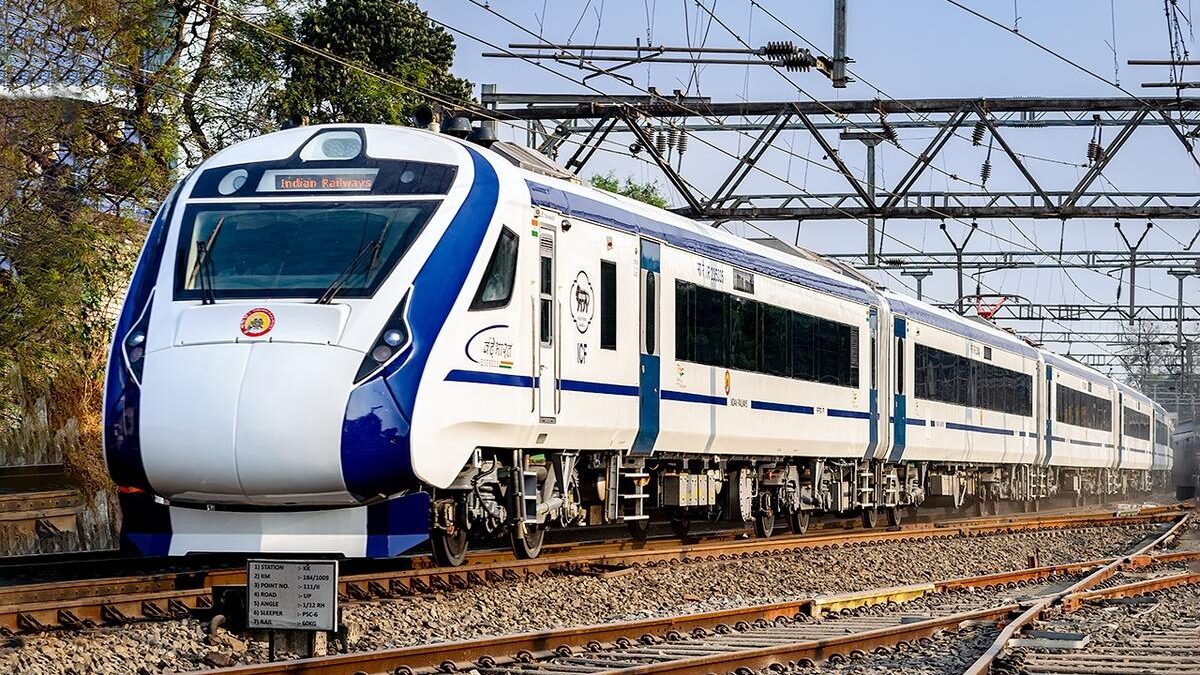The Centre is exploring a PLI Scheme for the Vande Bharat Train component to attract foreign manufacturing firms. It will help to reduce the Vande Bharat Manufacturing cost in India.

The government is currently exploring the implementation of a production-linked incentive (PLI) scheme for manufacturers of train components. This initiative aims to attract foreign manufacturing companies and reduce reliance on imports in the railway sector. The overarching goals of this scheme include stimulating higher production levels and decreasing the dependency on imports in alignment with the government’s strategic objectives.
What Is PLI Scheme?
The Production Linked Incentive (PLI) scheme is designed as a performance-linked incentive structure that offers rewards to firms based on the incremental sales derived from products manufactured within domestic units. It helps a country to increase the production of any product within its own country and reduce the import of products from another country.
How Will PLI Scheme Reduce Vande Bharat Manufacturing Cost?
Currently, 15% parts of the Vande Bharat Train are imported from other countries. Due to imports from other countries, product cost is very high. PLI Scheme will help to produce the same product in India, which will affect the Vande Bharat manufacturing cost. According to sources reported by The Economic Times, the government is now planning to engage a consultancy firm to formulate a comprehensive PLI scheme specifically for train component manufacturers.
This move aims to enhance the domestic manufacturing of train parts and reduce the reliance on imports. The selection of a suitable consultancy firm is expected to take place within this month through a competitive bidding process. The chosen consultancy firm will be tasked with compiling a comprehensive list of components utilized in the production of engines and coaches, particularly those that are primarily imported. This initiative signifies the government’s commitment to bolstering indigenous production capabilities within the railway sector.
The LHB (Linke-Hofmann-Busch) coaches, which were introduced in 1999, are comprised of approximately 1.5% imported components. In contrast, the Vande Bharat coaches have a higher proportion of imported components, accounting for roughly 15% of their composition. Mainly wheels and axles parts are still imported which increases the Vande Bharat manufacturing cost.
Keep visiting The Ganga Times for such beautiful articles. Follow us on Facebook, Twitter, Instagram, and Koo for regular updates.
